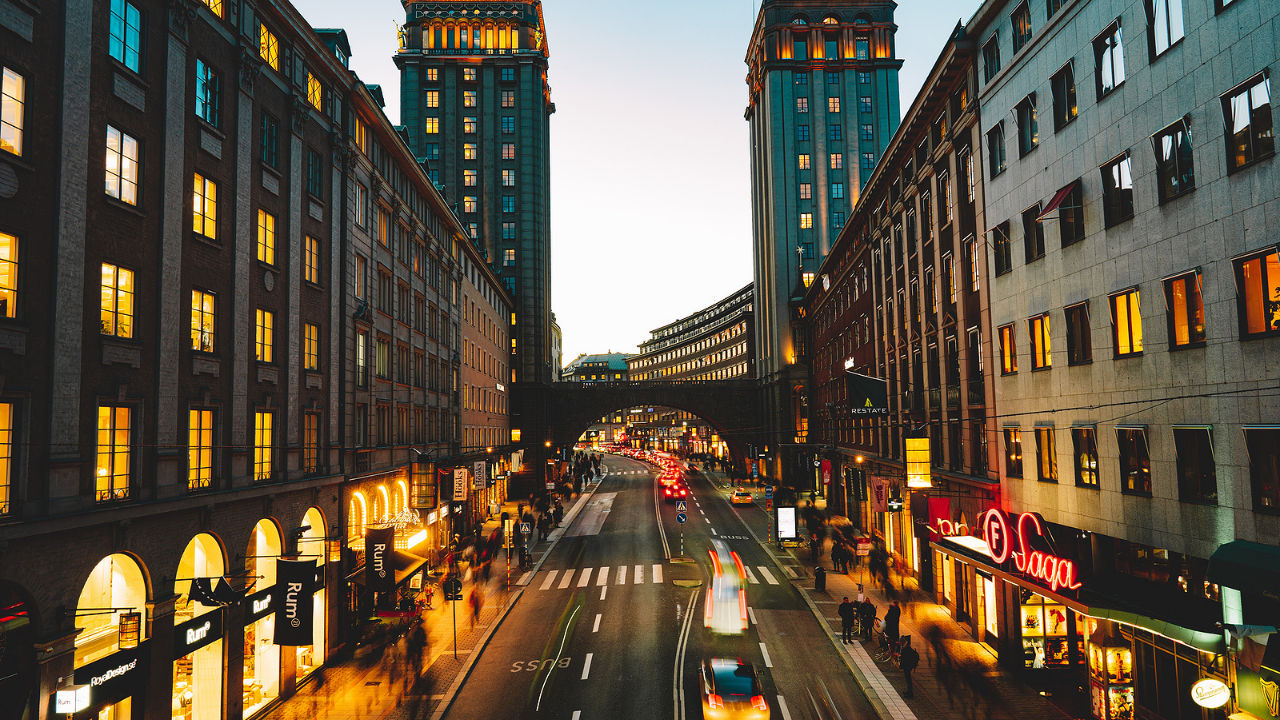The concept of the “15-minute city” was magnified after lockdown forced people to retreat into their homes for an unspecified amount of time.
The idea stems from creating a neighborhood that provides residents access for their daily needs within a short walk or bike’s distance.
Doing so can help cut down on greenhouse emissions, increase the livability of certain cities and help support local businesses.
Some cities and countries have already adopted this model, but Sweden is turning the concept on its head.
The country is working to expand these neighborhoods, led by national innovation body Vinnova and design think tank ArkDes.
Dan Hill, Vinnova’s director of strategic design, calls this plan the “one-minute city” as it is smaller than other local neighborhood concepts. While some cities like Paris use a 15-minute radius, Sweden hopes to operate Street Moves on a single street level.
With this plan, local communities will be able to become co-architects of their neighborhoods through workshops and consultations. They have a say in how streets are utilized, the amount of parking and other public usage.
While other 15-minute concepts typically focus on meeting the needs of local residents, Sweden’s model aims to find more direct ways to engage with the public.
This strategy emphasizes the portion of city just outside your door, which has become prevalent over the last several months as lockdowns worldwide have forced people to stay and work from home.
“Here, you have the most regular and direct participation, responsibility and interaction, merely propped up on propinquity,” said Hill.


 Dr. Gleb Tsipursky – The Office Whisperer
Dr. Gleb Tsipursky – The Office Whisperer Nirit Cohen – WorkFutures
Nirit Cohen – WorkFutures Angela Howard – Culture Expert
Angela Howard – Culture Expert Drew Jones – Design & Innovation
Drew Jones – Design & Innovation Jonathan Price – CRE & Flex Expert
Jonathan Price – CRE & Flex Expert












